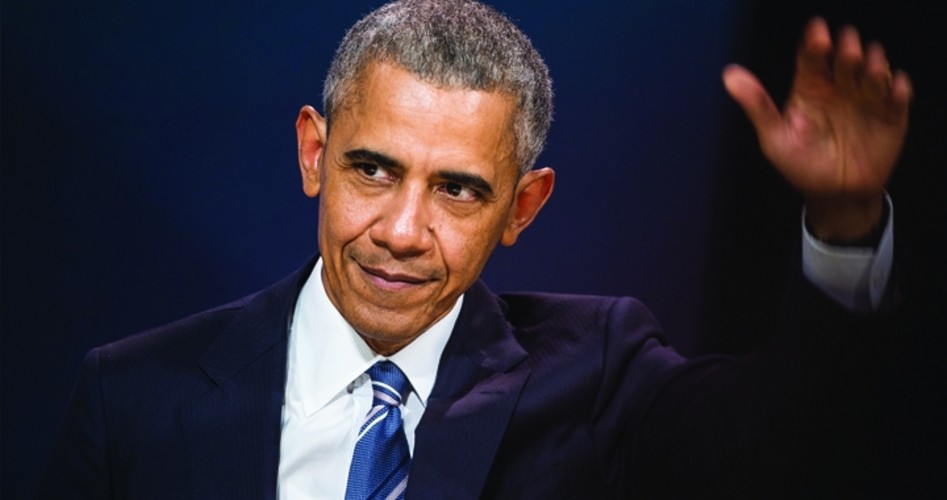They Decide What Government Does
In the classic British comedy series Yes Minister from the early 1980s, career civil service bureaucrats regularly promise to carry out their minister’s instructions. After all, he is technically their boss. But as soon as the minister, a political appointee, is out of earshot, the career bureaucrats get right back to doing whatever it is they think should be done. They frequently ridicule their boss behind his back. And when the minister asks why something hasn’t been done, or why bureaucrats were doing something they were ordered not to do, the senior civil service official makes excuses, obfuscates, and then carries on with whatever he thinks ought to be done. Basically, what the minister wants matters little. What really matters is the implementation phase — or lack thereof — of policy. That is in the hands of the upper echelons of the civil service. The show, a favorite of Prime Minister Margaret Thatcher, is hilarious, a classic example of British humor at its finest. But when it happens in the real world, a frequent occurrence, it is much less funny. In fact, in America, it is not funny at all.
Deep within the bowels of the federal government exists a small core of powerful government officials — more than two-thirds installed on their perch during the Obama administration — who largely run the machine. Sure, President Donald Trump was able to appoint a new team that includes a few thousand political appointees, who are ostensibly in charge of running the federal bureaucracies. But between those appointees and the millions of federal employees costing taxpayers trillions of dollars when regulations are factored in is a permanent buffer or barrier of senior executives. This layer essentially has the power to sabotage any potential swamp-draining. And its members, many of them Obama acolytes and Big Government loyalists, appear determined to do that. Thanks to federal civil service laws, firing them — even for poor performance or serious problems — is extremely difficult. And already, the Trump administration is butting heads with them.
What Is the “Senior Executive Service”?
Meet the so-called Senior Executive Service (SES). This little-known group is a crucial component and tool of an apparatus that has come to be known in the public imagination as the Deep State — the Deep State is a shadowy network beyond the reach of voters, which The New American explored in more detail in the January 8 Special Issue. Officially, these are just the highest-ranked managers across the federal government, political agnostics who normally implement policy rather than set the direction of it. They are supposed to be the link between political appointees and the bloated federal bureaucracy. They have been compared to civilian “generals.” And in theory, they are supposed to follow constitutional orders that come from the people via the White House and Congress. But that does not always happen.
JBS Member or ShopJBS.org Customer?
Sign in with your ShopJBS.org account username and password or use that login to subscribe.

 Subscribe Now
Subscribe Now
- 24 Issues Per Year
- Digital Edition Access
- Exclusive Subscriber Content
- Audio provided for all articles
- Unlimited access to past issues
- Cancel anytime.
- Renews automatically

 Subscribe Now
Subscribe Now
- 24 Issues Per Year
- Print edition delivery (USA)
*Available Outside USA - Digital Edition Access
- Exclusive Subscriber Content
- Audio provided for all articles
- Unlimited access to past issues
- Cancel anytime.
- Renews automatically


